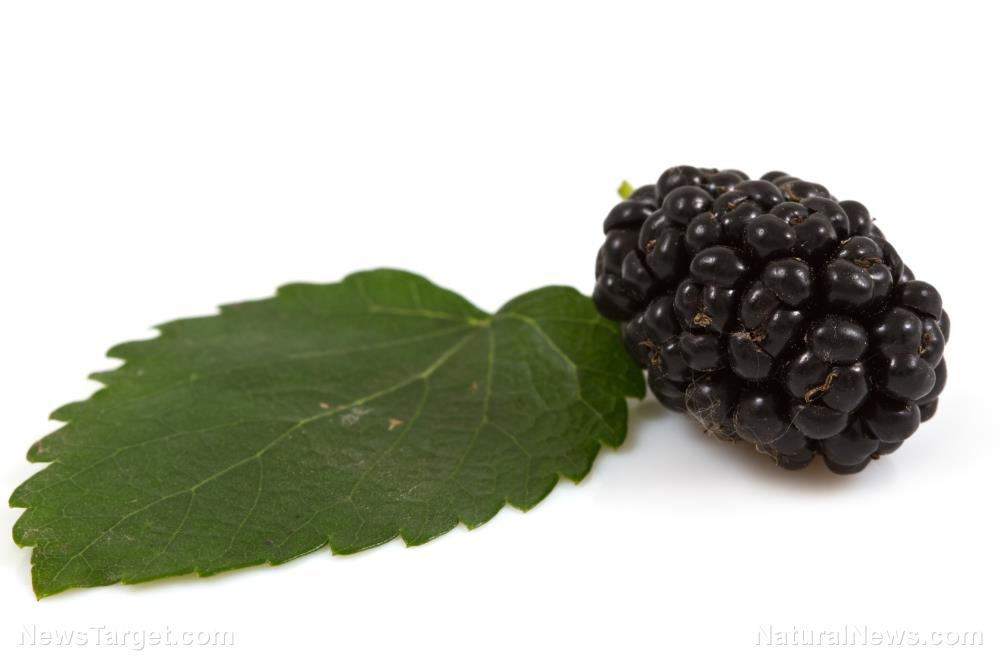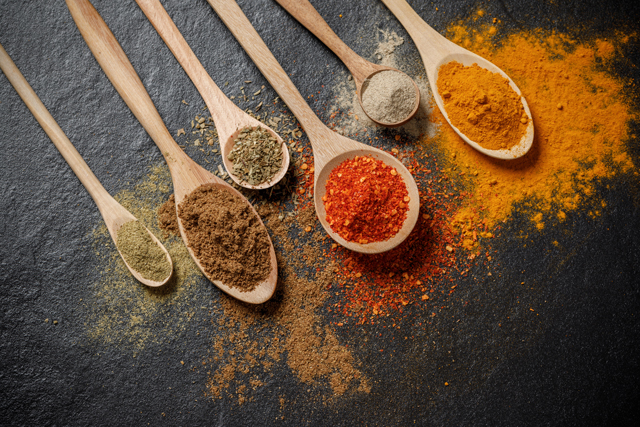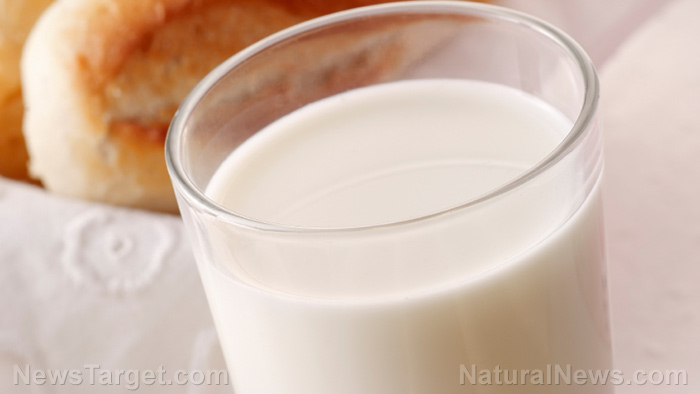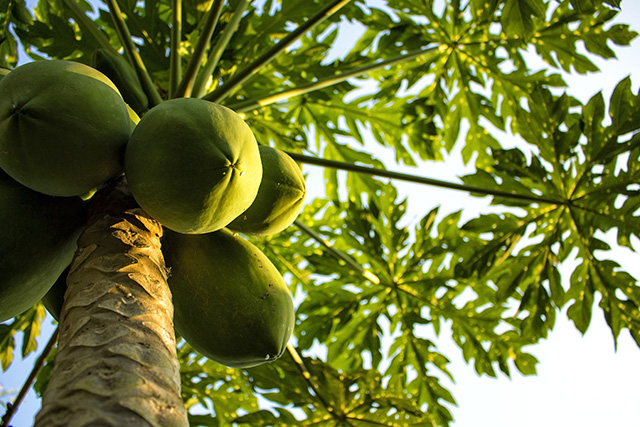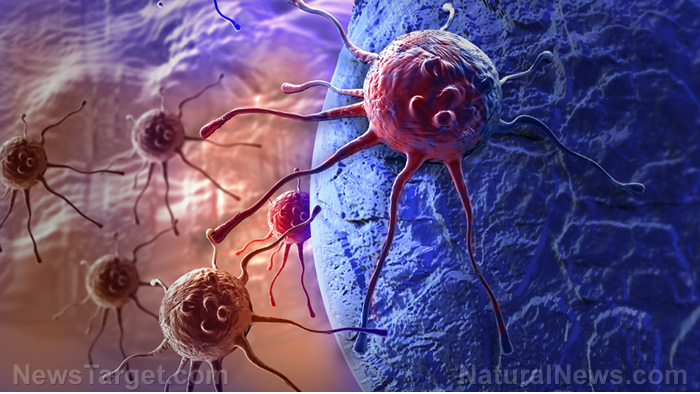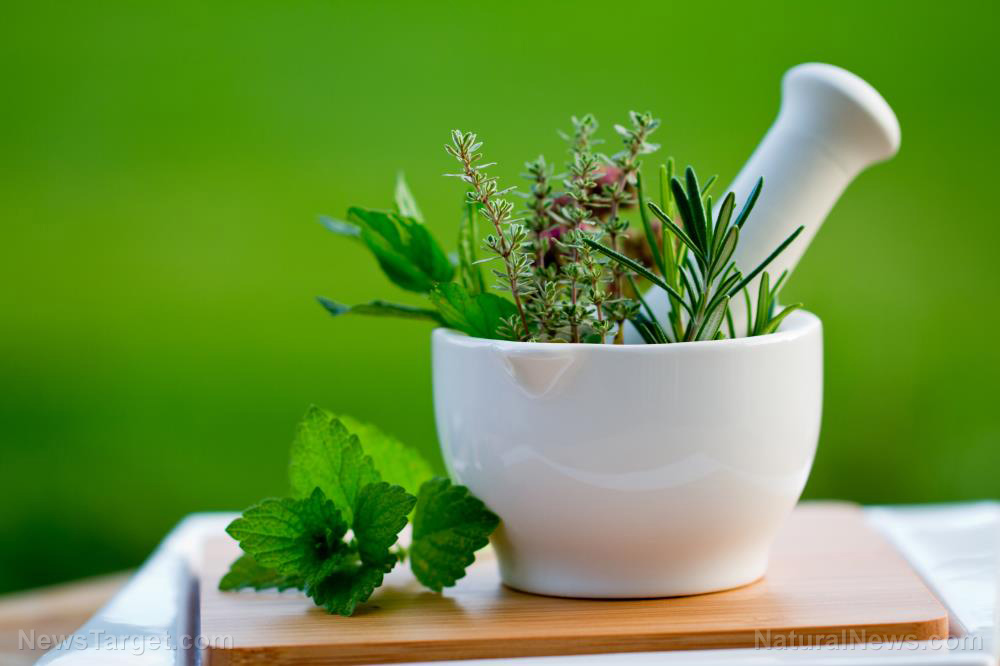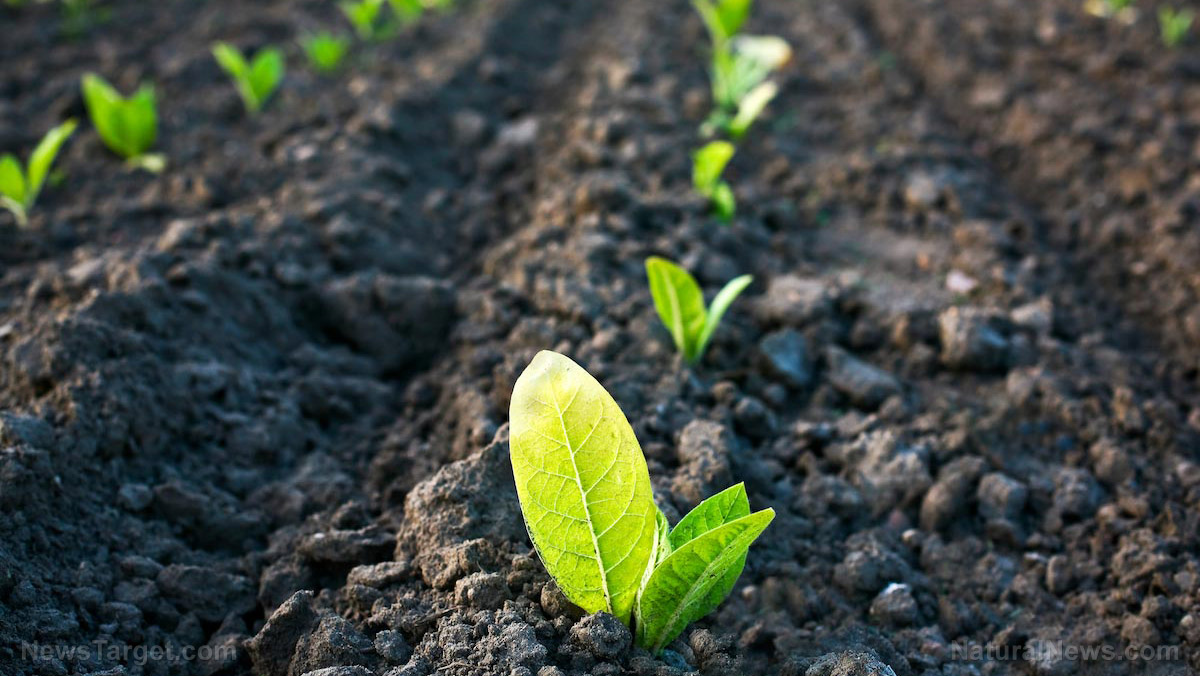How triclosan, touted as an antibacterial, actually makes germs stronger and more dangerous
07/15/2019 / By Paul Waters

People are exposed to triclosan almost every day: It’s found in hand sanitizers, mouthwash, toothpaste, and other cosmetic products. While it’s known for its antibacterial properties, researchers from the Washington University School of Medicine in St. Louis (WUSM) have discovered that triclosan can, in fact, help bacteria survive – and even tolerate – lethal doses of antibiotics. In a study published in the journal Antimicrobial Agents and Chemotherapy, lead author and WUSM professor Petra Levin and her colleagues conducted an experiment targeting bacterial antibiotics. They wanted to see the firsthand effects of triclosan on bacteria and how it can render antibiotic treatments virtually useless.
How triclosan interferes with antibiotic treatment
In a laboratory experiment, Levin and her team gave six-week-old female mice drinking water containing the same level of triclosan for a period of 21 days. They wanted to replicate the level of triclosan in the mice to those normally found in humans. The mice were then exposed to Escherichia coli to recreate the symptoms of a urinary tract infection.
The researchers then placed the mice on a course of antibiotic treatment using ciprofloxacin. Postdoctoral researcher and first author Corey Westfall explained that they chose ciprofloxacin because of how it disrupts the DNA replication of bacteria, and it’s the most commonly used antibiotic to cure urinary tract infections. It’s worth noting that taking ciprofloxacin can come with serious side effects, including tendon swelling (tendinitis) and even rupture.
The results showed that the mice who drank the water containing triclosan displayed a higher level of bacteria in their urine, as well as their bladder, compared to the mice which drank regular water.
“Normally, one in a million cells survive antibiotics, and a functioning immune system can control them,” explained Levin. “But triclosan was shifting the number of cells. Instead of only one in a million bacteria surviving, one in 10 organisms survived after 20 hours. Now, the immune system is overwhelmed.”
They also found that triclosan made E. coli more tolerant to antibiotics. Triclosan works with ppGpp, a cell growth inhibitor that makes cells less sensitive to antibiotic treatment. PpGpp interferes with the biosynthetic pathways responsible for the creation of new cells when an organism is stressed. Since antibiotics are designed to target various biosynthetic pathways depending on the infection, shutting down these pathways makes it harder for these antibiotics to work optimally.
To prove this theory, Professor Levin and her team conducted another test using a mutant E. coli strain unable to produce ppGpp, and an E. coli strain that could. They found that the strain of E. coli which couldn’t produce ppGpp showed lower antibiotic resistance compared to the strain that was exposed to triclosan.
More tests are required to understand how triclosan affects antibiotic treatments fully, but the researchers are hopeful that their study will make manufacturers of consumer goods rethink using antimicrobials in their products. (Related: Triclosan – Why we need to avoid this antibacterial chemical.)
Natural alternatives to triclosan
If you’re looking for safer and natural alternatives to triclosan, here are a few options.
- Do it yourself. Many antibacterial soaps and hand sanitizers still contain triclosan, even as the U.S. Food and Drug Administration has raised both safety concerns and lack of efficacy regarding its use. While regular non-triclosan soaps work just as good, here’s a simple recipe for making your own triclosan-free hand soap.
- Organic toothpaste. Organic toothpaste isn’t as harsh as regular toothpaste and is generally recommended for those with sensitive teeth and gums. If you’re looking for an even better alternative, try oil pulling with extra virgin coconut oil.
- Shea and cocoa butter. Unlike most body lotions, shea and cocoa butter contain high levels of antioxidants perfect for that youthful glow.
- Baking soda. Instead of regular deodorants, a better and safer option would be baking soda. It doesn’t contain triclosan, or any irritating smell. Sprinkle just a little baking soda onto a damp washcloth and apply it to your underarms.
In the end, it all comes down to how vigilant you are when it comes to the products you use. You should always read the labels before buying anything. Products containing triclosan should be avoided at all costs.
Protect yourself against the adverse effects of triclosan by learning more at Toxins.news.
Sources include:
Tagged Under: antibacterial, antibiotic, antibiotic resistance, bacteria, chemicals, ciprofloxacin, cocoa, E. coli, hand sanitizer, ingredients, organic toothpaste, ppGpp, research, superbugs, toxic ingredients, triclosan
RECENT NEWS & ARTICLES
COPYRIGHT © 2017 RESEARCH NEWS

